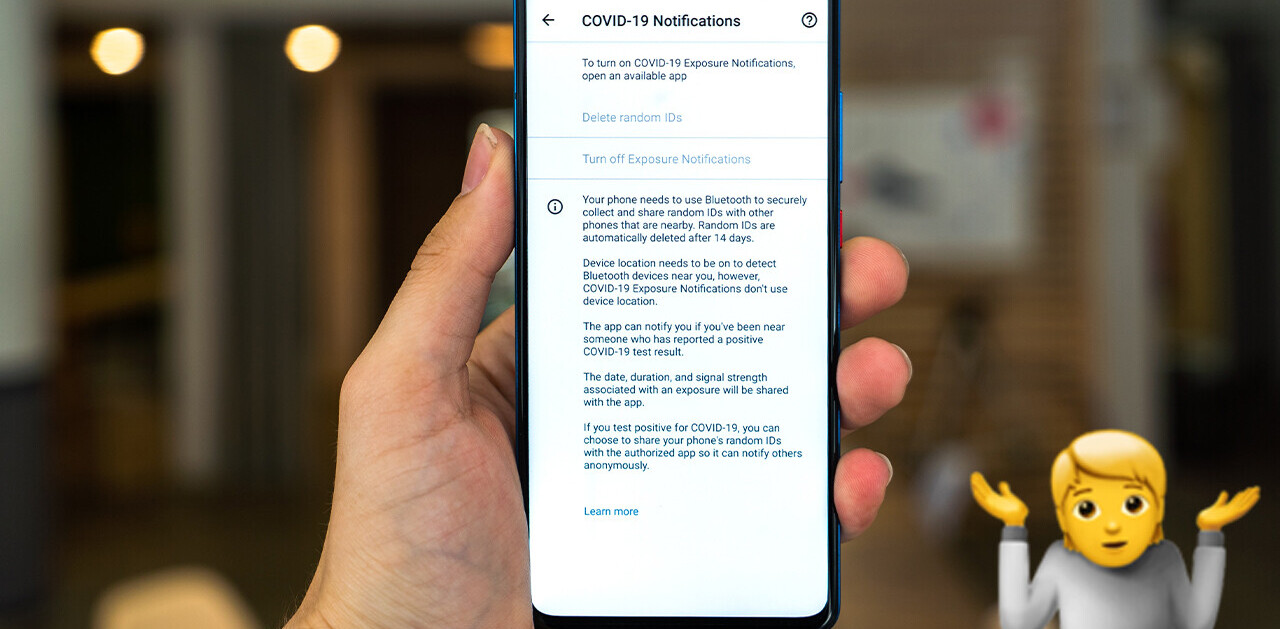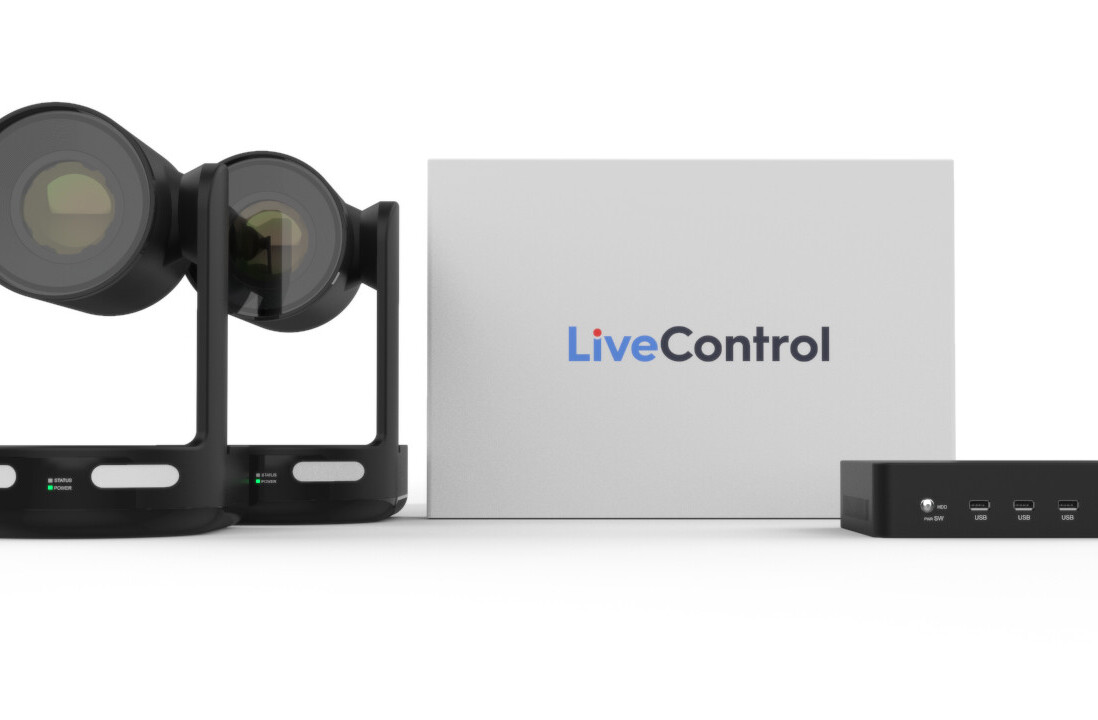
This article was originally published by Built In.
Typically, students want a good education to get a good job — yet schools sorely underdeliver. As Goldie Blumenstyk wrote in her book American Higher Education in Crisis? What Everyone Needs to Know: “More than ever, a college education is seen less as a process and more as a product, a means to an end. And customers are not entirely convinced that what they are buying is worth the price.”
In 2018, the cost of going to college in the United States was $30,000 per student, each year, according to the Atlantic. That cost, though, “has virtually no relationship to the value that students could possibly get in exchange,” Andreas Schleicher, director for education and skills at the Organization for Economic Cooperation and Development (OECD), told the Atlantic.
Meanwhile, according to the Pew Research Center, the unemployment rate for 16- to 24-year-olds in May was 28.5%.
Before COVID-19 hit, my company had already been helping to get students hired via our partnerships with universities to provide an interview prep community. Our communities include courses, coaching, and online forums to help make the interview process less lonely, and more supportive. We realized that the key to success in an interview relied not necessarily on just knowing the right information, but proper and effective practice with peers.
As a student-founder, I’ve always had a soft spot for helping other students find their careers. But with the pandemic, that desire to help became an even more obvious need. With the disruption to the on-site college experience, it’s become more challenging for many students to see the path forward to employment.
Our team could easily have decided to ramp up marketing for students, kept our prices constant, and brought a ton of students onto the platform. It would have made us more money, and potentially kept the perceived value of our site high.
But instead, I distinctly remember having a conversation with my co-founder in an eerily empty WeWork the day before San Francisco shut down. As we discussed our options, a crazy idea suddenly came up: What if we made features free for students?
[Read:
We balked initially. As a bootstrapped startup, we’ve always strongly valued the idea of growing a sustainable business. But, as a recent student myself, I knew the demand for career prep resources had skyrocketed (we had already seen a 50% growth in our user base in just a few months after COVID-19), and there simply was a dearth of opportunities to help educate students on basic questions like “How do I get an interview?” or “What types of interview questions do they ask?”
We’re not alone. Many founders are in the same shoes, unsure how to navigate the pandemic, and whether or not to open up their products or to double down on their business models. We’d recommend the former: Finding ways during the pandemic to meet your users where they are, and support them through these murky waters.
Based on how we approached launching one of our products for free to students, here are some elements to consider for others thinking of doing the same.
Revisit your company mission
First, we looked at our company’s mission and values. Why are we in this business? What are our goals? Our goal is not to maximize our wealth, but to create a sustainable, excellent product that our customers and users love. After thinking through this and realizing the potential impact on student populations, we knew we wanted to find a way to make our product more accessible to students.
When starting a company or planning a new business move, take the time to think carefully about your mission, and why you’re in the business. All other decisions will follow.
Maintain a value ladder
We thought about how opening up our interview question database, one of our highest-value products, would play into our overall value ladder. Could we still help our business grow financially while making this particular tool-free and accessible to all?
As we launched our free product, we also thought carefully about how to still maintain that value ladder. We want to provide the right educational products at the right level for our users. For instance, many users learn about us through our YouTube Channel, then sign up for our site, then buy our membership, and then perhaps decide to buy one-to-one coaching. If users or customers don’t see added value in the next step, they don’t need to purchase.
Giving things away for free is nice, but also consider how it affects your business. Give products or services in a way that users can still follow a path to becoming an avid customer that recommends your products to others. This is a true win-win for consumers and your business.
Leave room for reversibility
Ultimately, offering our database of interview questions for free was a gamble. We had no idea how this would impact our business. But, we also knew this decision was easy to reverse. If needed, we could undo the changes, and put a paywall on our content again. The reversibility of the decision made it easier to test out as an experiment.
Think carefully about whether or not decisions are reversible, and, especially at startups, lean into reversible decisions. This is the best way to learn and grow as a company, and as a leader.
Keep it simple
Our team debated whether or not we should limit access based on having a “.edu” email address. However, building the feature to limit access would have required weeks of engineering work, and, given our resources, it wasn’t a high-priority item. So instead, we decided to launch the database free to anyone, and specifically focused on marketing it to students.
Try to find the path of least resistance to launch your experience. Don’t worry too much about feature-gating or paywalling certain parts — after all, if you need to do take those steps, it likely means it’s going pretty successfully.
Form relationships
Lastly, we reached out and connected with our users to see if this was helpful. By forming relationships with new student users, we were invited to virtual talks with various student organizations, reaching more than 2,000 students in the past couple of months. That alone has been an incredible opportunity to provide support to students, and increase awareness about our brand.
Was this decision worth it for our business? We’ve seen a huge growth in the past few months, received a positive reception, and high engagement across all our features. Specifically, we noticed incredible user growth across our profiles, doubling, and then tripling engagement on certain features. And our revenue? It followed a similar trend.
One of the most paradoxical things in business is that giving away more free materials can often build a user base that trusts you, and wants to pay for more of your products.
Beyond just revenue and metrics, I’d also encourage founders to think long term. Perhaps there’s a loss of revenue from students that no longer pay for our site, but we’re investing in students. And we want to develop a relationship with them so that they can come back throughout their career journey, and so that we can continue to provide support along the way.
Lastly, I’d say that, as a founder, it’s incredibly important to have a values-based approach. Finding a focus that is as important to you as helping students is to me, and then leaning in with values won’t go wrong, and your customers will notice.
So you’re interested in entrepreneurship? Then join our online event, TNW2020, where you’ll hear how the most successful founders kickstarted and grew their companies.
Get the TNW newsletter
Get the most important tech news in your inbox each week.





